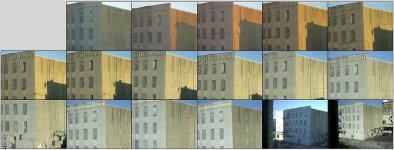Renze de Vries
Well-known member
The greenish color cast I have noticed with this XD is very annoying. It makes the image look plain and flat, and lack the ‘vivid feel’ that I enjoy with the ultravids and FL.
Indiana,
I think I know what you mean. However, my advice would be to hold on to your Kowa XD's a little longer and see what exactly is bothering you. I mean, it may not be the binoculars, i.e. their bias from color neutrality, but reality itself. Have you ever noticed how green the natural world really is? And how plain and flat as well (on lots of occasions)? Walk up to a tree trunk, a branch, and observe it's clad in green all over. There's more green to nature than leaves alone!
On this forum we start from the assumption that we see things more or less the same. Well, we don't. Just try to reach an agreement with someone on what (shades of) colour you see and you're in great, great trouble. Try to reach consensus on colour neutrality in binoculars and you're in trouble even more.
When I say that the Kowa XD transmission of colour is very, very good, i.e. very close to reality, this is, unavoidably, a personal opinion. And if you won't agree, it is too. Also, I won't hold it against you, or anyone, to choose a binocular because it presents the world even better, more vivid than it really is. But let me tell you, there's nothing wrong with green.
Renze




